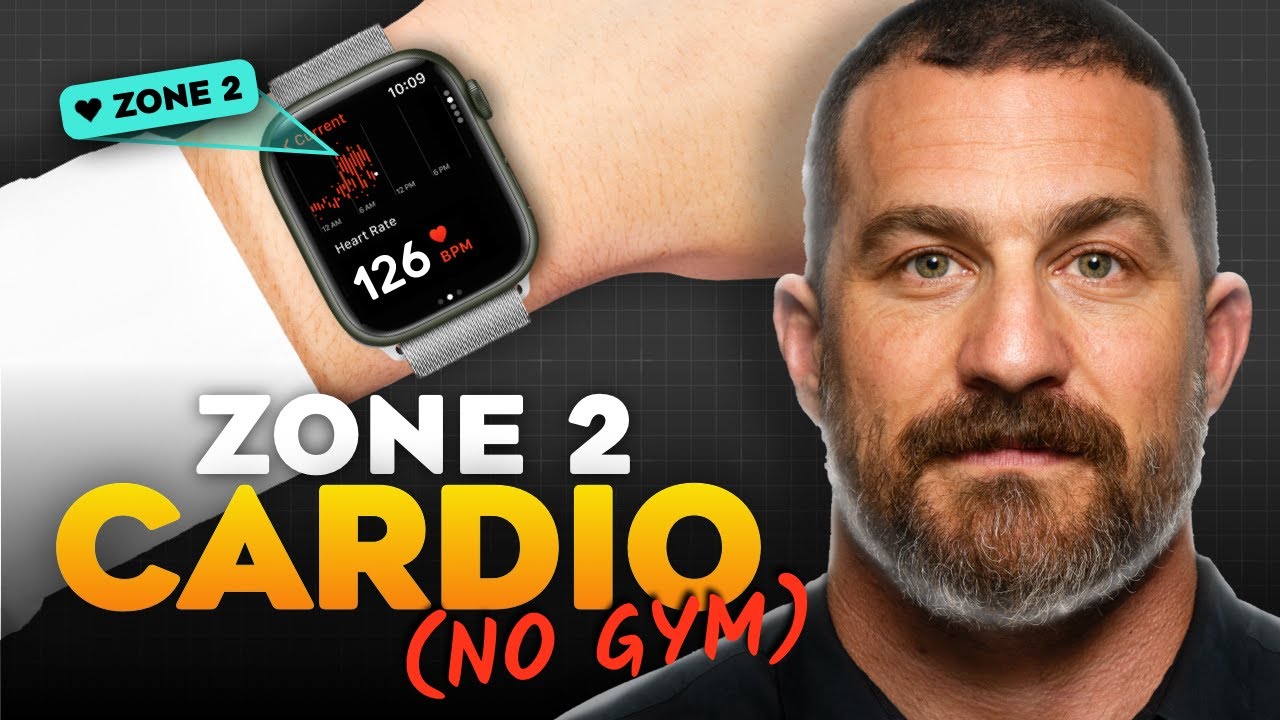In today’s fast-paced world, carving out time for structured workouts can be challenging. But what if one of the most powerful tools for improving cardiovascular health, boosting metabolism, and supporting longevity could be seamlessly integrated into your daily routine? Enter Zone 2 cardio — a gentle yet highly effective form of exercise that’s gaining recognition for its profound impact on overall health.
As a clinical nutritionist and professional chef, I often emphasize strategies that support both sustainable health and modern lifestyles. Zone 2 cardio is one of those rare practices that ticks all the boxes: it’s evidence-based, adaptable, time-efficient, and complements strength training and other fitness routines.

What Is Zone 2 Cardio?
Zone 2 cardio refers to a low-to-moderate intensity aerobic exercise that elevates your heart rate enough to enhance endurance and metabolic efficiency without overexertion. A simple way to gauge it? You should be able to maintain a conversation without gasping for air, or complete your session using nasal breathing only.
Typical Zone 2 activities include:
- Brisk walking
- Light jogging
- Hiking
- Leisure cycling
- Swimming at a relaxed pace
- Climbing stairs casually
No heart rate monitor? No problem. If you’re slightly out of breath but can still speak in full sentences, you’re likely in Zone 2.

Why Is Zone 2 Cardio So Important?
Research from institutions like the American Heart Association and numerous peer-reviewed journals highlights the critical role of Zone 2 cardio in promoting both healthspan and lifespan. It supports:
- Cardiovascular resilience
Zone 2 training strengthens the heart muscle, improves circulation, and supports lower resting heart rates — all of which reduce the risk of heart disease, stroke, and hypertension. - Mitochondrial efficiency
This type of training optimizes your cells’ energy factories (mitochondria), enhancing fat metabolism, energy levels, and metabolic flexibility. - Brain and cognitive function
Aerobic movement increases blood flow to the brain, which can enhance memory, learning, and even emotional stability over time. - Recovery and endurance
Because Zone 2 cardio is not taxing on the nervous system, it helps with active recovery, reduces inflammation, and prepares your body for higher-intensity workouts or weight training.
How Much Zone 2 Cardio Do You Need?
Experts recommend at least 150 to 200 minutes of Zone 2 cardio per week for optimal health benefits. While 150 minutes is the minimum to see results, aiming for 200 minutes weekly offers more substantial and long-term advantages — especially in cardiovascular and metabolic health.
That might sound like a lot, but the good News is: you don’t need to schedule it all in one go. In fact, you can distribute it across your day-to-day activities, making it one of the easiest forms of exercise to maintain long-term.

Practical Ways to Add Zone 2 Cardio Into a Busy Life
One of the most liberating aspects of Zone 2 cardio is how effortlessly it can blend into a modern lifestyle. You don’t need to confine it to a treadmill or a gym session. Try the following:
- Take walking meetings or calls — A 20-minute stroll during your next Zoom meeting adds up.
- Choose stairs over elevators — Slow, steady stair climbing can hit your Zone 2 sweet spot.
- Walk your errands — Instead of driving for quick trips, walk to the post office or corner store.
- Evening strolls — A brisk walk after dinner not only aids digestion but supports your weekly cardio goals.
- Hike on weekends — A 90-minute hike can cover nearly half your weekly goal in one go.
And yes — carrying groceries, chasing after kids, or walking your dog all count if you’re elevating your heart rate to the right level.

Zone 2 Isn’t “Just Movement” — It’s Foundational Fitness
Some people hesitate to take Zone 2 seriously because it doesn’t feel like intense training. But that’s the point. It’s gentle enough to recover from easily and yet potent enough to drive real physiological change.
According to fitness researcher Dr. Andy Galpin, Zone 2 cardio isn’t just beneficial — it’s foundational. He explains that it doesn’t interfere with other fitness modalities like resistance training or sprint intervals. On the contrary, it enhances recovery, improves oxygen delivery, and allows your body to train harder and smarter over time.
So, even if you’re already lifting weights or doing HIIT workouts, Zone 2 is the glue that holds it all together.
Why You Should Rethink How You Label Exercise
There’s a mental shift that happens when we label something as “training” instead of just movement. Viewing your weekend hike as a fitness requirement might create unnecessary pressure. But when it’s reframed as an enjoyable part of your lifestyle — fresh air, time with loved ones, sunlight exposure — it becomes sustainable and joyful, not another item on your to-do list.
Personally, I dedicate one day per week — usually Sunday — to a long, slow jog or hike outdoors. Sometimes it lasts 60 minutes, sometimes up to 4 hours depending on the day. I don’t treat it as a formal workout, but rather as a rejuvenating time for reflection, movement, and nature — all while hitting my cardio targets.

Final Thoughts: Zone 2 as a Health Investment
If you’re feeling overwhelmed by the idea of adding more to your workout routine, Zone 2 cardio is your solution. You can integrate it into errands, work tasks, family time, or recreational activities. Over time, the health returns you’ll see — from stronger heart function to better metabolic health — are worth every step.
And remember: you don’t need a fitness tracker or gym membership to make it happen. Just listen to your breath, observe your ability to speak, and move with intention.
Expert Tip: Sample Day of Zone 2 Movement
Morning: Walk your dog for 30 minutes
Lunch: Take a 15-minute walk around the block after your meal
Afternoon: Walk while taking calls (20 minutes)
Evening: Family walk after dinner (35 minutes)
Total: 100 minutes — and that’s just one day.
Zone 2 cardio is a science-backed, approachable, and rewarding practice that anyone can benefit from. Whether you’re aiming for heart health, fat loss, mental clarity, or increased energy, this simple strategy delivers.
For more personalized guidance on creating a balanced, nutrient-rich lifestyle that aligns with your fitness goals, I invite you to explore my other articles or schedule a one-on-one consultation. Your journey to optimal wellness can start with just one step — literally.



